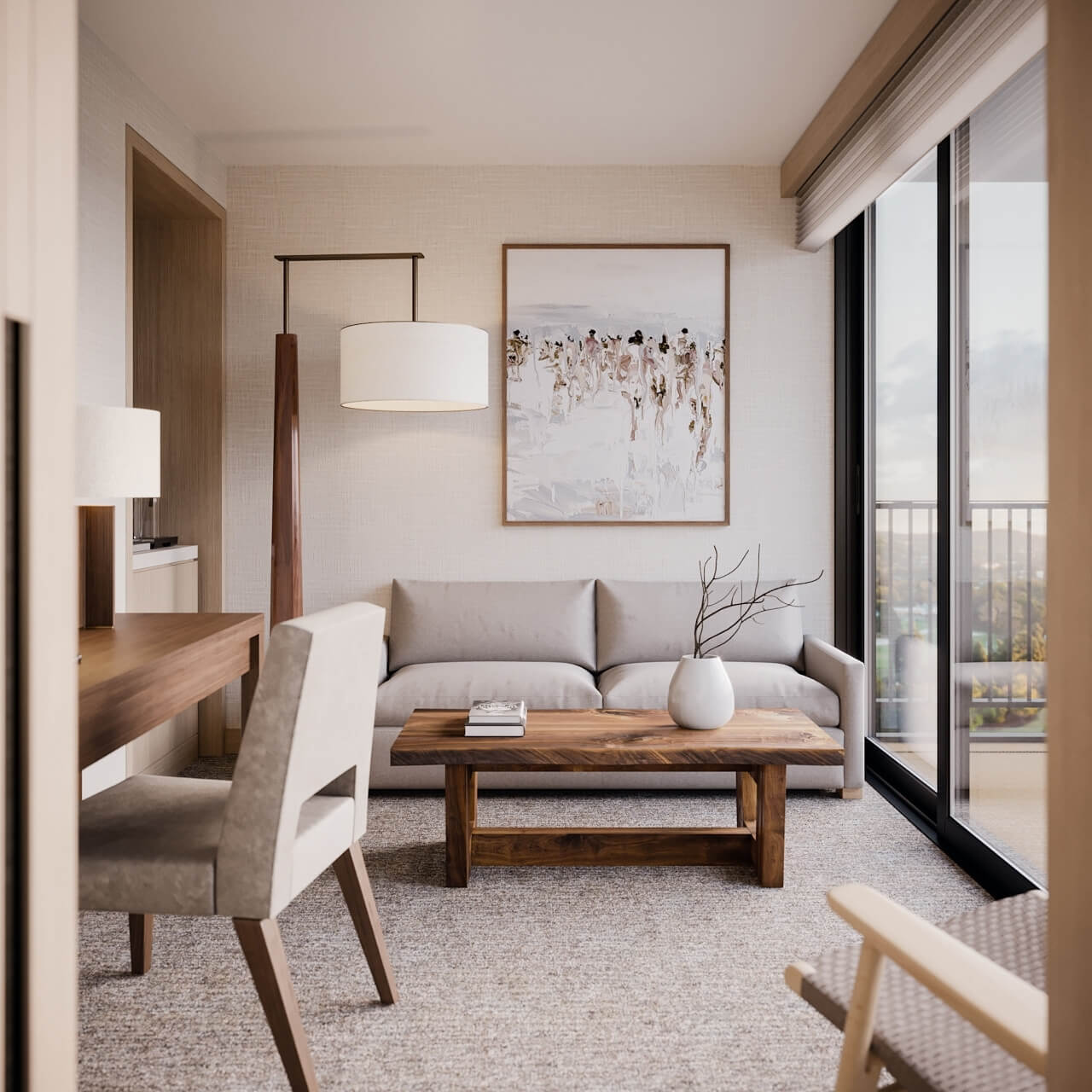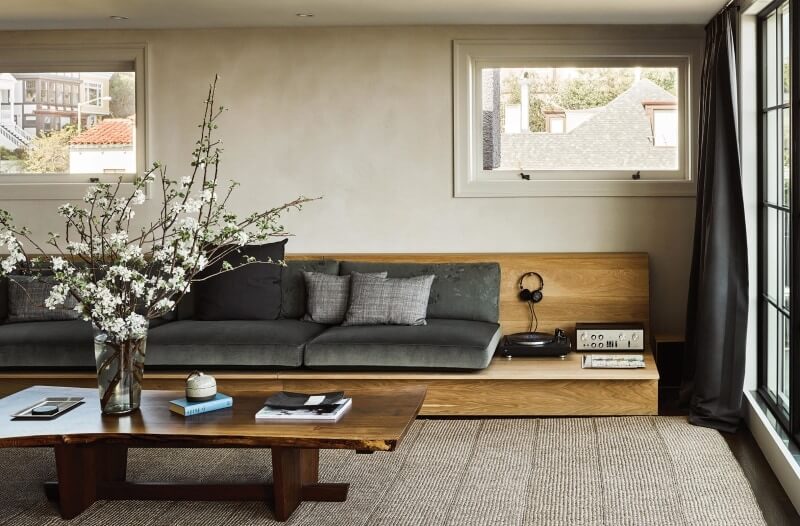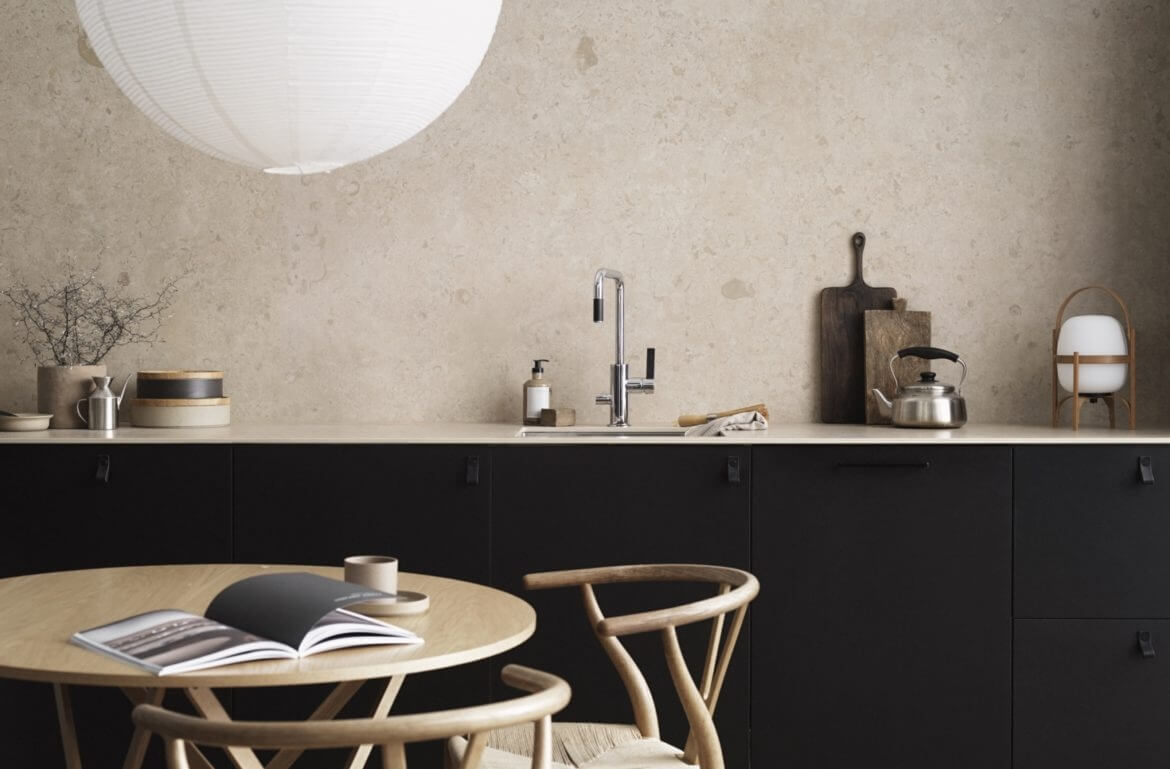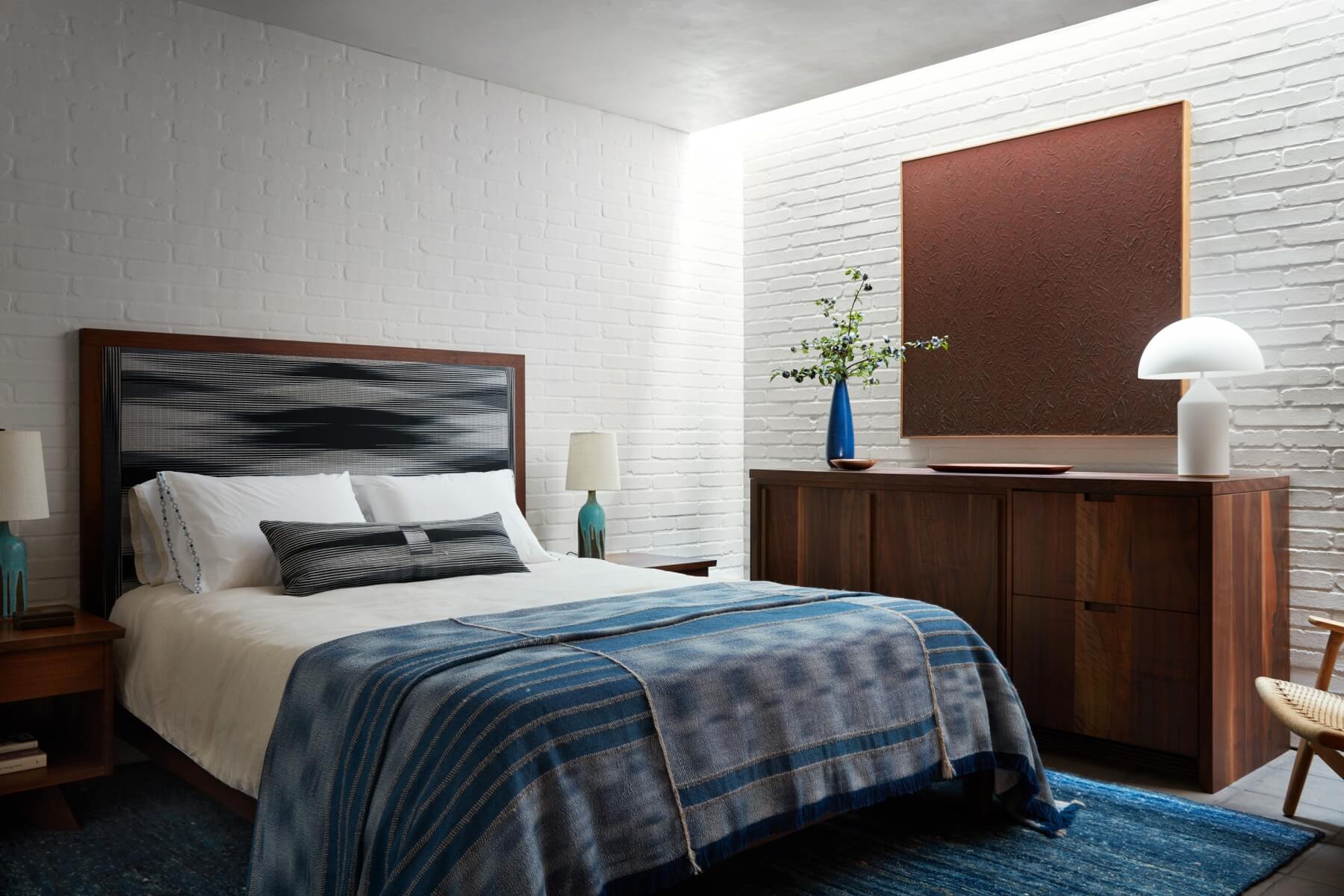
What Is Japandi Interior Design and How Do I Do It?
Sounds like a made-up word, right? Well, all words are made up, but you know what we mean. Just say it out loud a few times. Japandi. Japandi. Bit weird, huh? Why don’t we just say ‘Japanese interior design,’ if that’s what we mean? Well, because in truth, whilst it’s hot on the lips of every interior designer worth knowing in 2020, that’s not exactly what Japandi is. It doesn’t even come from Japan.
What do we mean by Japandi interiors, then?
Japani is actually the Finnish word for Japan, which suggests that Japandi’s interior design roots are very much in Scandinavia, which would make sense. You see, Japandi is a style that borrows heavily from traditional Japanese minimalism and fuses it with Swedish, Danish, Norwegian and Finnish minimalist elements to create peaceful, sparse interiors that have that East Asian feeling without being tied to the rules or conventions of Japanese design. In short, it’s a bit like Scandi design only with more obvious traditional Asian elements.
The reason we use the Finnish word all over the world? Well, Japandi is a little bit catchier than the mouthful, ‘Japanese-inspired minimalism,’ isn’t it? It’s more memorable, more quirky and, well, let’s just admit it, a little more fashionista in its tone. Right? And it’s definitely way more Pinterest friendly, which is where you’ll find a whole world of beautiful examples of this oh-so-chic, oh-so-simple style that has been adorning the interiors of the world’s most peaceful luxury abodes in increasing frequency for the past 50 years and more.

What are the characteristics of Japandi interiors?
You know how you get that sense of utilitarian artistry from Scandinavian design? The kind that shows off the bare elements of each piece of furniture so that you can appreciate its build quality? And you know how you get that sense of utter tranquillity and oneness with nature from Japanese interiors? The kind that inspires you to meditation through use of zen philosophy as a guiding design principle?
OK, well Japandi takes both of those stylistic vibes and smooshes them together into one beautiful, peaceful-yet-hyper-sophisticated whole. Yes, folks, fusion is very much the keyword, here.
Luxury bedroom company Rested, defined Japandi thusly, on their Twitter feed earlier this year:
“A mash-up of elegant Japanese minimalism & rustic Scandinavian simplicity, Japandi is a hybrid trend bringing together the best of these two much-loved styles. This takes a less-is-more approach with uncluttered spaces & a calm, subdued colour palette.”
They’re absolutely right (kudos guys – you’re ahead of the curve!) And, as we are spending more and more time in our smaller and smaller homes these days, it’s fast becoming one of the most popular approaches to high-end interior design in the world today, being that it offers space, style and peace in equal measure.

Photo by Douglas Friedman; Design by Catherine Kwong
What colours are used in Japandi design?
We’re looking at soft, subdued colours from nature. No primary colours. No pastels. We’re talking greys, browns, light woods, blacks, dark blues, leafy greens, creams and off-whites. Maybe a very occasional deep red, just as a nod to Japanese tradition. A Japandi home feels like a stylistically perfected extension of nature in terms of its colour scheme. It should never clash with the tranquillity of the outdoor space but, rather, flow from it.

Photo by Ragnar Omarsson, Design by Pella Hedeby
What are common materials in Japandi design?
Now, this is where Japandi starts to get exciting and experimental. Because, alongside the ubiquitous bamboo of traditional Japanese interiors (chairs, tables, benches, room dividers, baths, etc.), a Japandi home will incorporate Danish-style teak furniture, chromed steel, glass and concrete. You’ll be as likely to find a Corian tub in the bathroom as you are a bamboo bathtub – it just might happen to have a bamboo bucket ladle, which would make it very Japandi indeed.
How are Japandi homes laid out?
It goes without saying that clutter is the ultimate no-no. A Japandi home should feel light and airy and designed to allow you to move around easily from space to space. Furniture should be arranged in such a way that you don’t have to move awkwardly around it to get to where you want to go.
So, very much like Japanese interior design, a Japandi home might have lots of levels to allow a sense of space, even within a confined area. It will certainly have lots of smart storage so that the stuff of life doesn’t interfere with the aesthetics of the home. You’ll find easy-close drawers without handles. You’ll find sensor-controlled toilet flushes and clap-controlled lighting. Switches and buttons are the enemy of the Japani interior designer.

Handcrafted Modern by Commune Design
What is Japandi interior not?
Well, apart from not being cluttered, let’s be clear – it’s not about dragon paintings, Buddha statues and ceramic coy carp figurines. (Unless, of course, dragons, Buddha and coy carp are central to your life, in which case, go for it.)
But you’re designing a home, not an Asian fusion restaurant – bear that in mind. It should feel like it represents you and your life – after all, that’s where your sense of peace comes from in the home – so it cannot feel contrived or dishonest even whilst it may be inspired by very singular cultural references.
Now, get Googling, get inspired and have a great time designing your own private Japandi idyll.
Main picture: Bathroom at the Nobu Hotel in Malibu